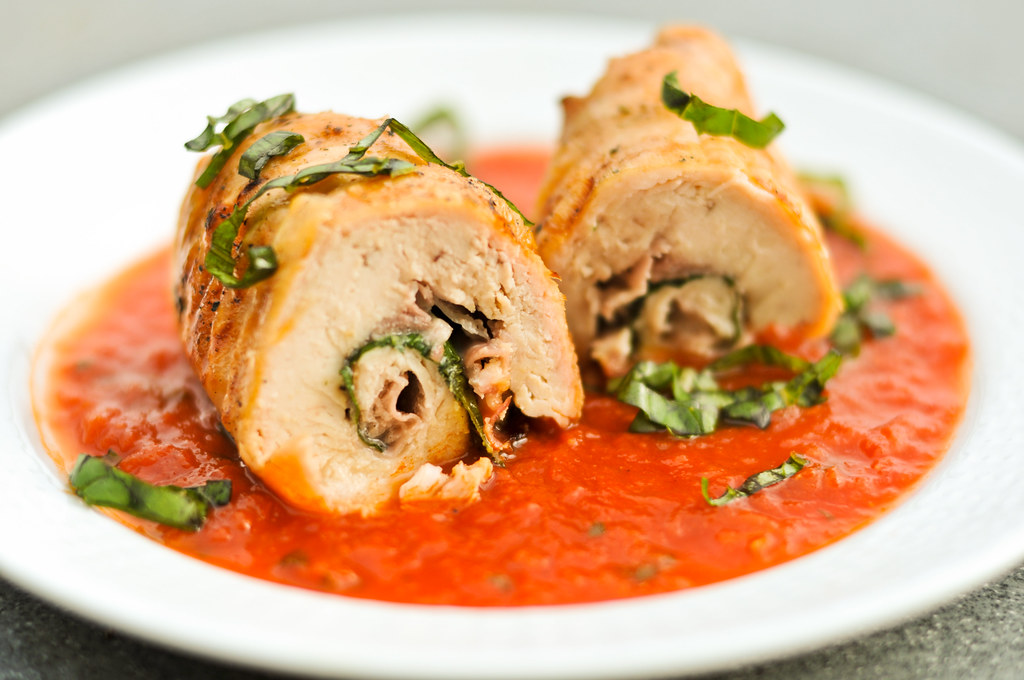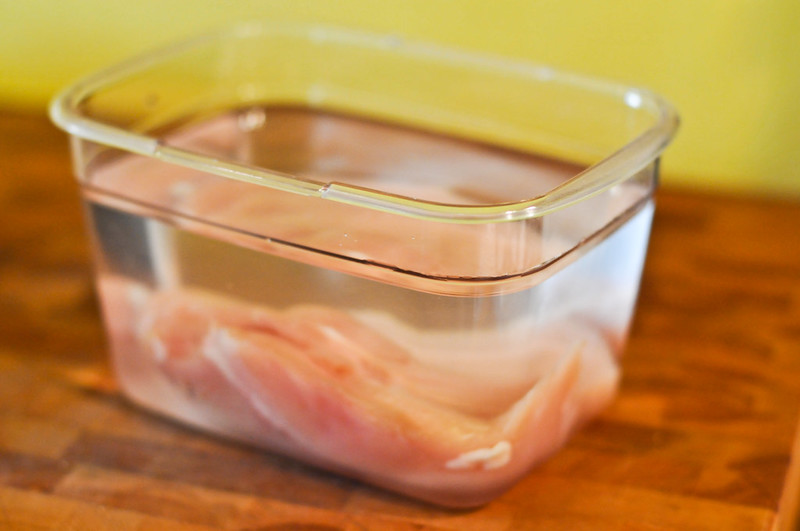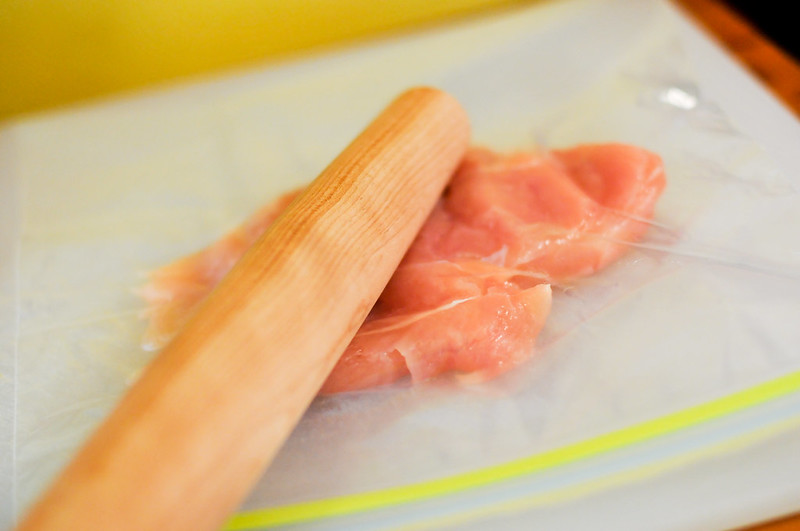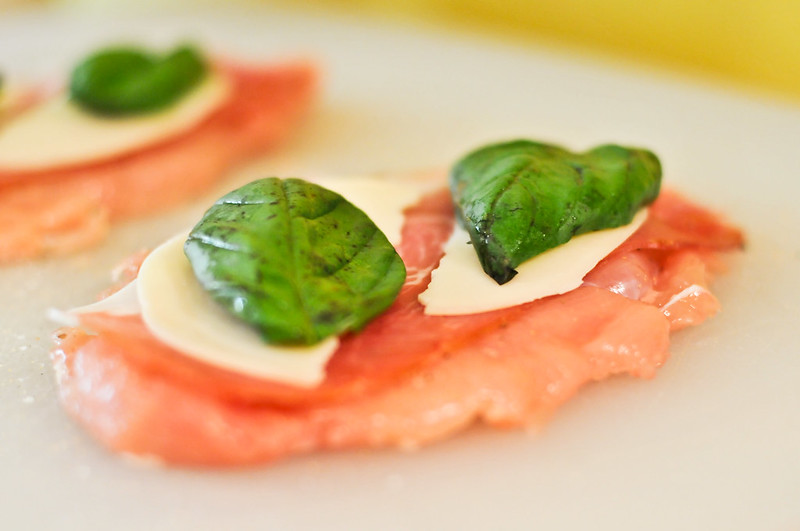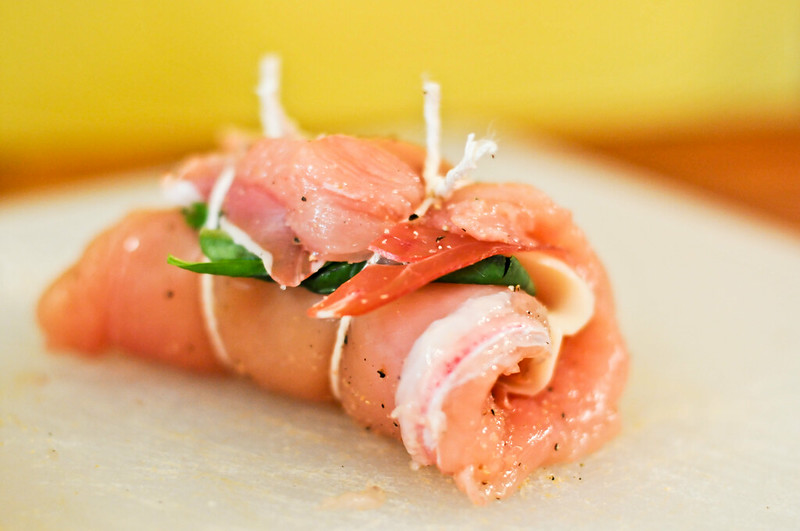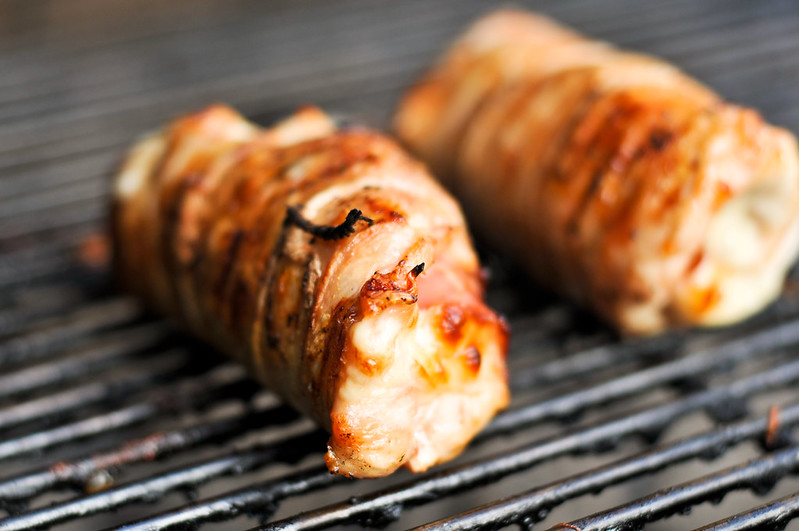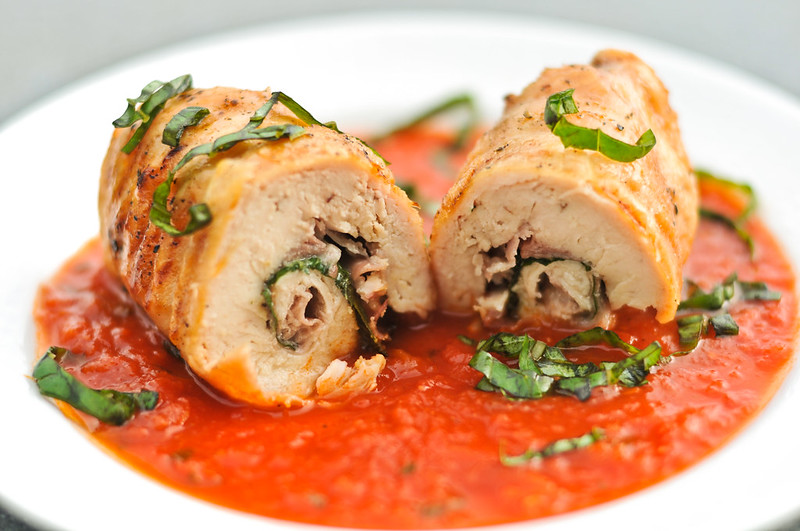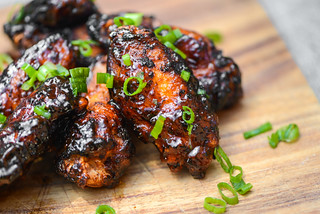Chicken Involtini with Prosciutto and Basil
I've never hidden my general disdain for skinless, boneless chicken breasts since the beginning of this blog. Unless it's being pounded, breaded, and fried into chicken schnitzel, this piece of poultry rarely finds it way into my kitchen since there are so many tastier options available—like chicken thighs. Still, that doesn't mean this dry, tasteless cut can't be fixed. Case in point, take this chicken involtini.
To fix chicken breasts, first we must break down the problems. None is more troubling than the way too oft dry and cardboard texture. The problem here is cooking chicken breasts to FDA policing guidelines of 165 degrees will pretty much always result in a dry breast. I'm personal not scared from a slightly undercooked breast in the name of deliciousness, but I know many (including the wife) who would disagree. For some insurance toward a juicy piece of chicken, a brine is in store. A salty brine for only thirty minutes will add enough moisture into the breast that it can safely be fully cooked and still remain juicy.
Next problem in need of solving is uneven cooking. A breast is thicker at one end than the other by nature, and in making sure that thicker end is fully cooked, the thinner end will inevitably over cook. A step I take to correct this whenever I cook chicken breasts is to pound out the meat to an even thickness, which then results in even cooking.
Finally, there comes the question of flavor. The brine adds some saltiness into the meat, but it's still fairly lackluster in my opinion. For this recipe, I turned to the tastiest of the tasty for help—the pig. A lone slice of salty and rich prosciutto was laid atop each flattened breast, along with provolone and basil.
The whole affair was tied up into a neat little roll, satisfying another love of mine—rolled meats.
On the grill, it's extra important to keep an eye on chicken. While we have brined, flattened, and rolled, there is still the very real possibility of over cooking, which can happen quickly and destroy all of the work put in thus far. So keep an instant read thermometer handy and pull that chicken off right when it hits between 155-160 degrees (it'll carryover cook to 165).
Hey, and look what we've created here, an awesome piece of skinless, boneless chicken breasts. Put all together, this chicken involtini tasted like a more complex, more delicious chicken parm. All the classic flavors were there—tomato sauce, cheese, chicken—but done in a more sophisticated way. The provolone was creamy with a little sharpness, the prosciutto nice and salty, and the chicken tender and juicy. When mixed with some marinara and basil, it had everything that makes a really plate-lickin' Italian-American meal.
You Might Also Like
Comments
-
Chris Fantastic, Josh. What a great recipe, it makes chicken breasts sound tasty.
-
Cam Sounds great but trying to watch my sodium intake do you know what the brine adds to level?
-
Josh @Cam Not sure how much salt the brine actually adds to the chicken, but you can always go without it. Without the brine, I'd keep a closer eye on my chicken temp and not let it go above 160 degrees, otherwise the meat will start drying out.
